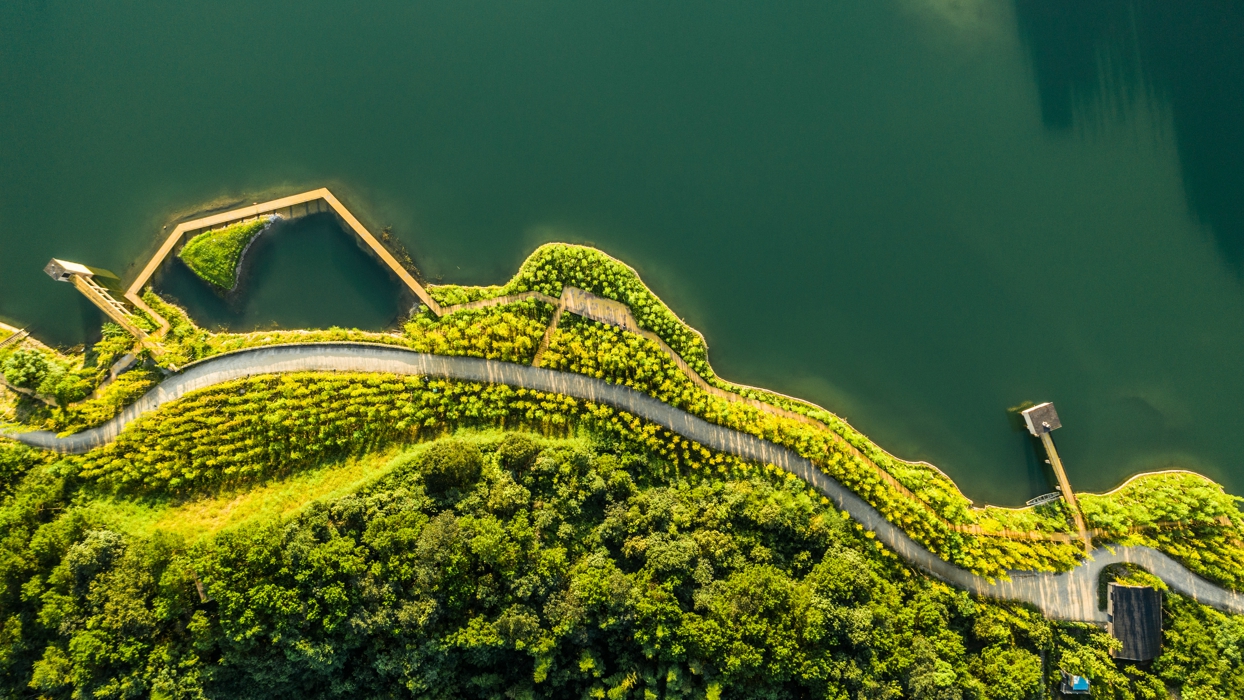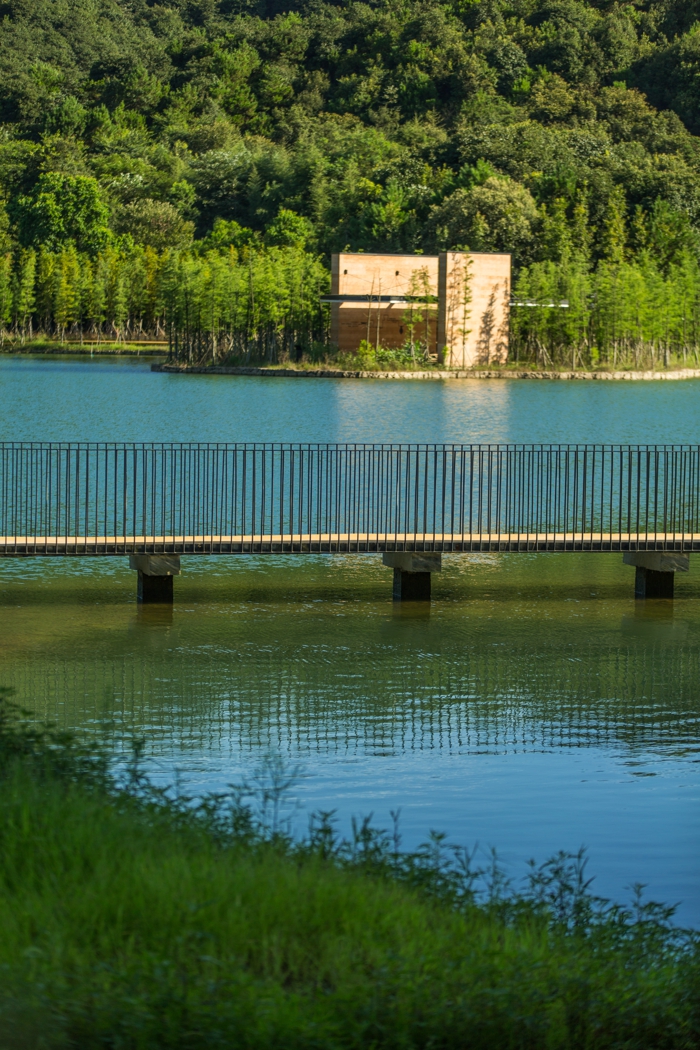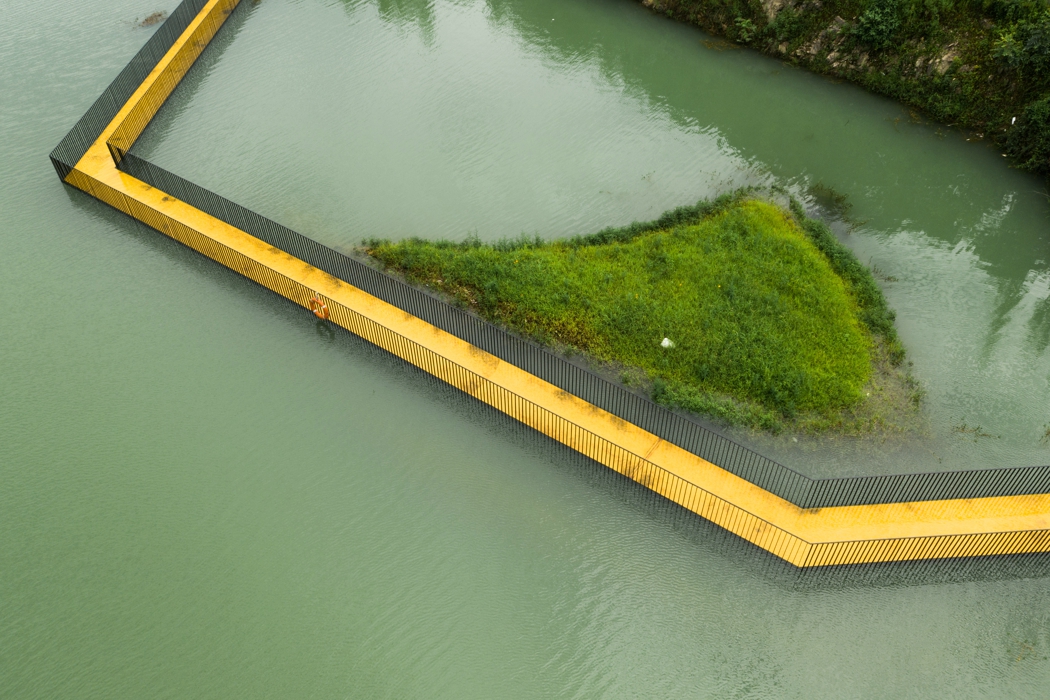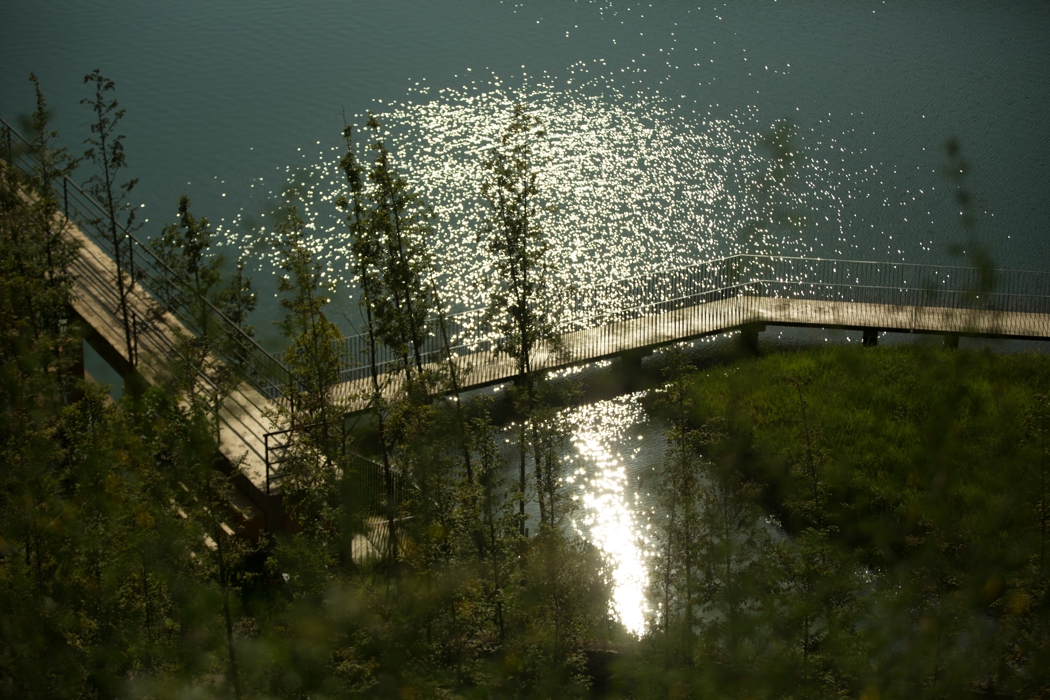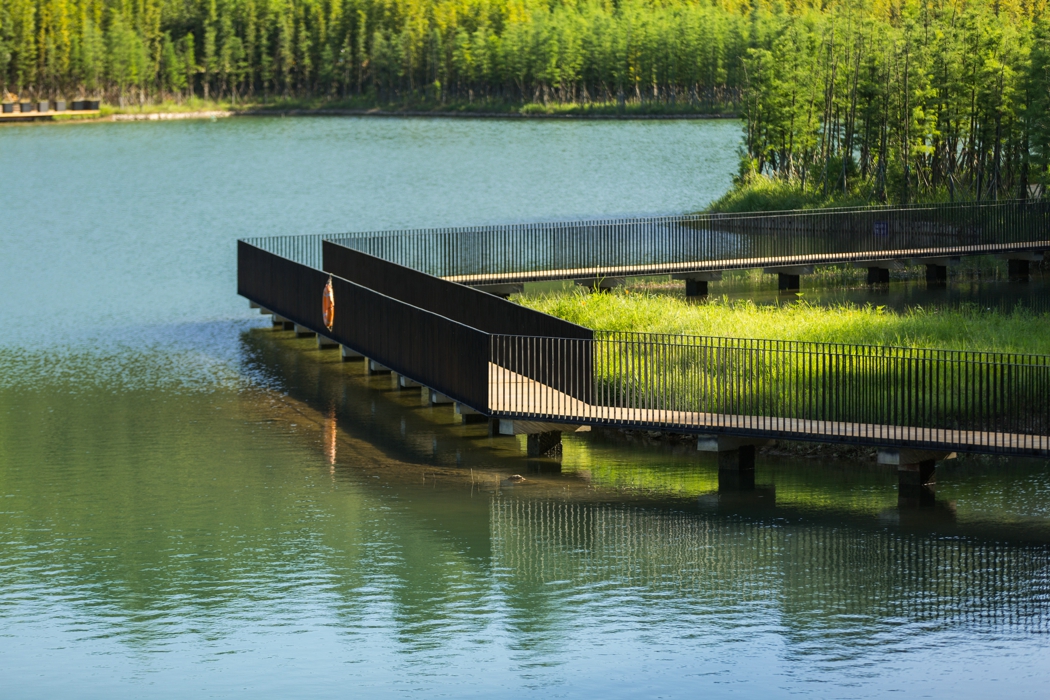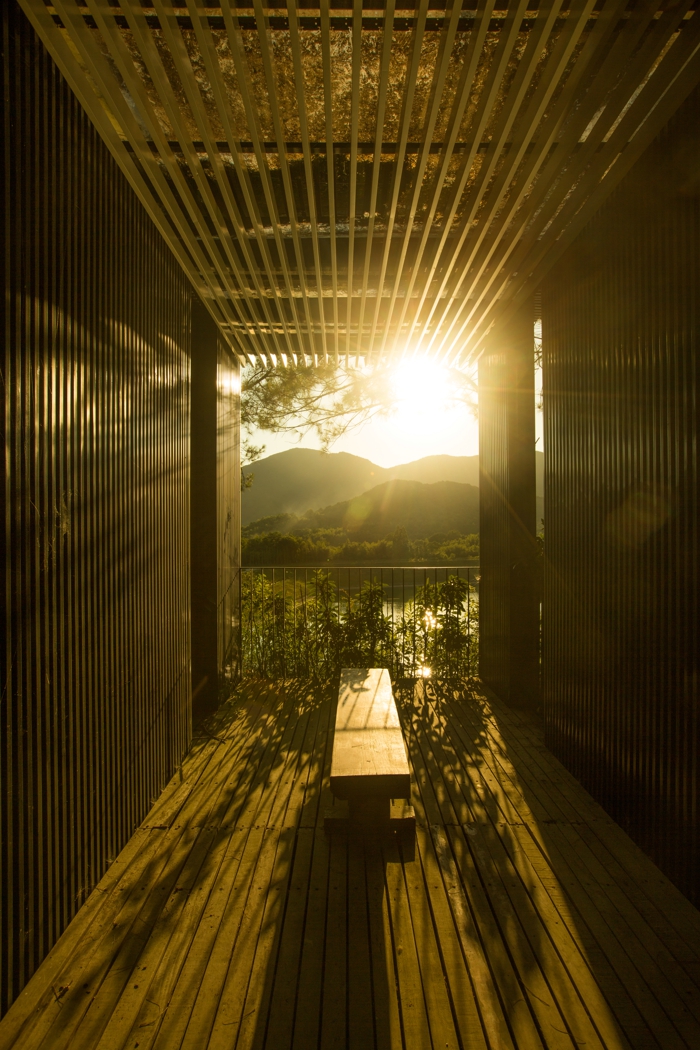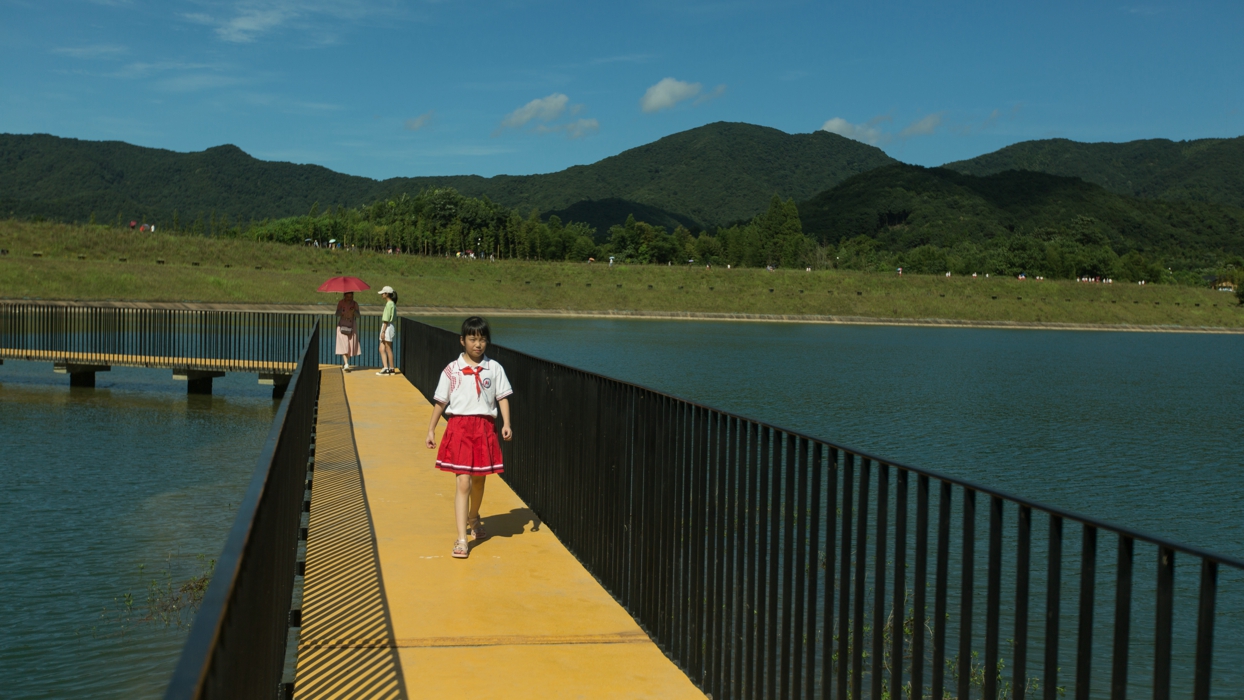Shaoxing Shangyu Celadon Heritage Park Waterfront Boardwalk
Project Information
- Project Location:
- China Shaoxing, Zhejiang
- Project Scale:
- 938m
- Design Time:
- February 2017
Project Profile
The project is located in Shangyu District of Shaoxing City, Zhejiang Province. Shangyu lies within the low hills and mountainous region of the Cao’e River Basin and was the core production area of the Yue Kiln during the Han to Six Dynasties period. The Three Kingdoms and Western Jin period (later known as Wu-Jin) marked the peak of the early Yue Kiln’s development. During this time, at least 57 kiln sites were active, producing porcelain of exquisite quality with a wide variety of forms and decorative styles, reaching the artistic pinnacle of the era. The current site contains eight national-level protected kiln relics and is regarded as a birthplace of celadon porcelain. The majority of the sites date from the Eastern Han to the Three Kingdoms and Western Jin periods, with the Niguposhan Kiln being a representative site from this era.
The designers proposed transforming this culturally significant archaeological site into a cultural heritage park with science popularization and educational value. The project also aims to restore the native wetland habitat while serving as an urban park that meets the growing demand for outdoor recreation among residents.
The overall layout follows a “two lakes, one ring, multiple nodes” strategy, preserving as much of the site’s existing reservoirs, forests, and kiln ruins as possible. Existing vehicular roads are repurposed as electric shuttle routes, linking with the traffic system of the adjacent Porcelain Source Town to ensure a complete recreational experience for visitors. Additional pedestrian paths are introduced to guide visitors through key locations across the site. The transportation network is structured around a vehicular and electric car backbone, integrated with waterfront boardwalks, forest trails, and existing farmland paths. This creates a multi-route system that encircles the reservoirs, connects cultural kiln sites, links functional spaces, and enables mountain exploration and agricultural tourism. The circulation is clearly organized with distinct primary and secondary routes.
Public open spaces are planned in conjunction with architectural elements, including gathering plazas, outdoor tea terraces, and leisure platforms. Waterfront spaces include boardwalks, lakeside platforms, overwater decks, boat docks, and life-service piers. Corresponding waterfront structures are also designed to serve as visual focal points. In conjunction with farmlands, mountains, and scenic viewpoints, rest platforms and boardwalks are placed, including a scenic pavilion on the mountaintop to overlook the entire lake area. At each kiln relic site, distinctive pavilions and interpretive structures highlight the cultural characteristics of the kilns. An existing floodgate is reused to create a tranquil walking path, demonstrating the integration and reuse of historic infrastructure.

